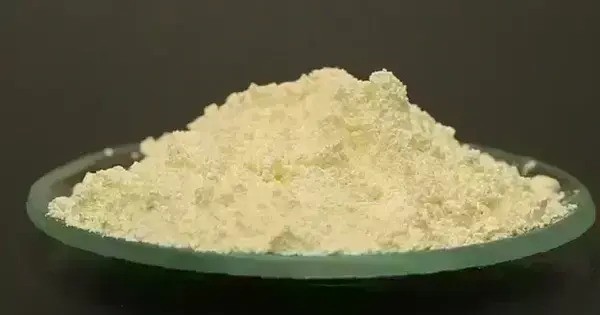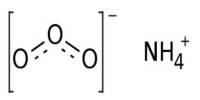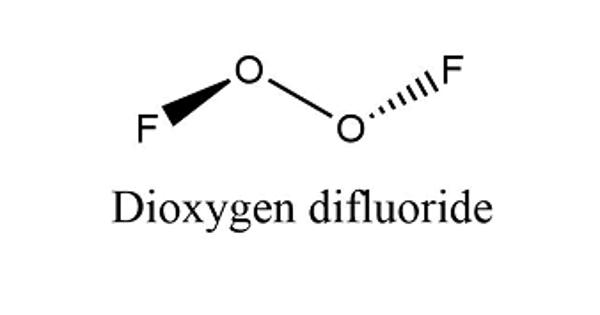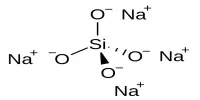Holmium oxyfluoride (HoOF) is an inorganic compound composed of holmium, oxygen, and fluorine. It belongs to the class of rare-earth oxyfluorides, which exhibit mixed anionic coordination. Holmium is a lanthanide element, and in HoOF it typically exists in the +3 oxidation state, stabilized by the combined presence of oxide (O²⁻) and fluoride (F⁻) ions. The compound generally forms as a crystalline solid, with structures that may resemble fluorite-type or related lattices, depending on synthesis conditions.
Physically, holmium oxyfluoride is expected to be a stable, high-melting material with notable thermal and chemical stability due to strong Ho–O and Ho–F bonds. Like other rare-earth oxyfluorides, it is less volatile than pure fluorides and more resistant to hydrolysis than pure oxides, making it valuable in high-temperature and optical applications.
Synthesis
Decomposition of holmium(III) chloride crystallohydrate by heating:
HoCl3·6H2O → HoOCl + 2HCl + 5H2O
Owing to the unique electronic configuration of holmium (4f¹¹), HoOF may display interesting optical, magnetic, and luminescent properties. Such characteristics make it of potential use in solid-state lasers, phosphors, and optical materials, particularly in the infrared and visible regions.
Properties
The compound forms crystals of the tetragonal system, space group P4nmm.
- Chemical formula: ClHoO
- Molar mass: 216.38 g·mol−1
- Appearance: crystals
- Density: 7.23 g/cm3
- Crystal Structure: Usually adopts structures similar to rare-earth oxyfluorides, often related to tetragonal or orthorhombic lattices.
- Stability: Thermally stable but can decompose at high temperatures to form holmium oxide (Ho₂O₃) and holmium fluoride (HoF₃).
- Solubility: Sparingly soluble in water; more stable in non-aqueous conditions.
Magnetic/Electronic Properties
Holmium compounds show strong paramagnetism due to unpaired 4f electrons. Oxyfluorides like HoOF are of interest in optics and luminescence because of sharp f–f electronic transitions.
Occurrences
Holmium oxyfluoride does not occur naturally. It is synthesized in laboratories by partial hydrolysis of holmium fluoride (HoF₃) or by controlled reactions between holmium oxide (Ho₂O₃) and hydrogen fluoride (HF). Similar to other lanthanide oxyfluorides, HoOF is investigated for applications in optical materials, solid-state lasers, phosphors, and ceramics due to its stability and unique electronic transitions.
















